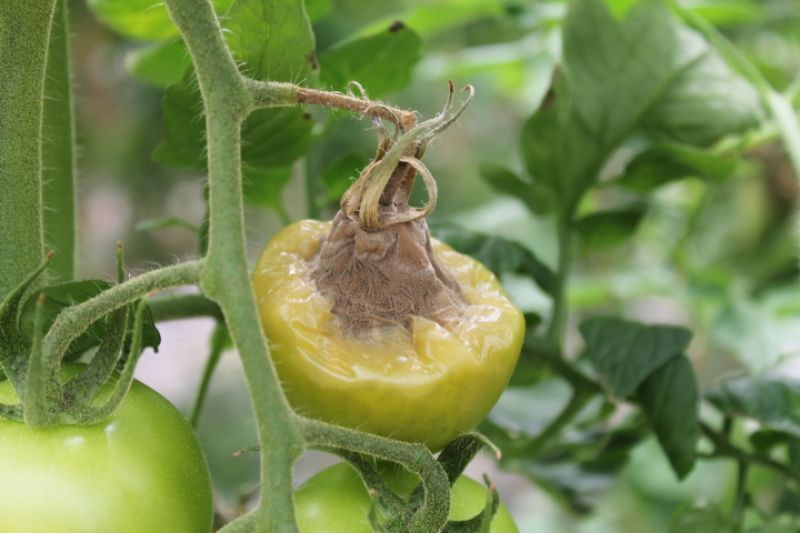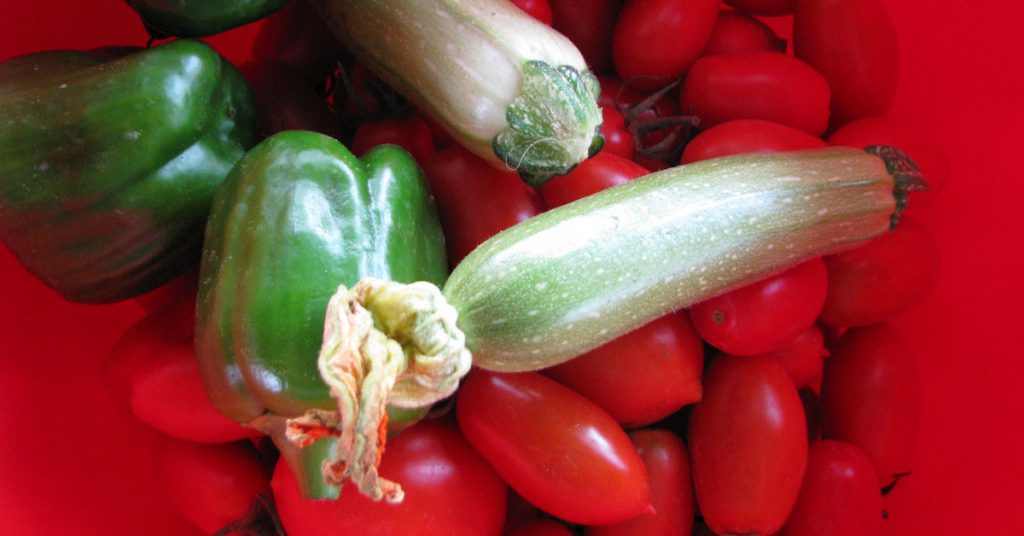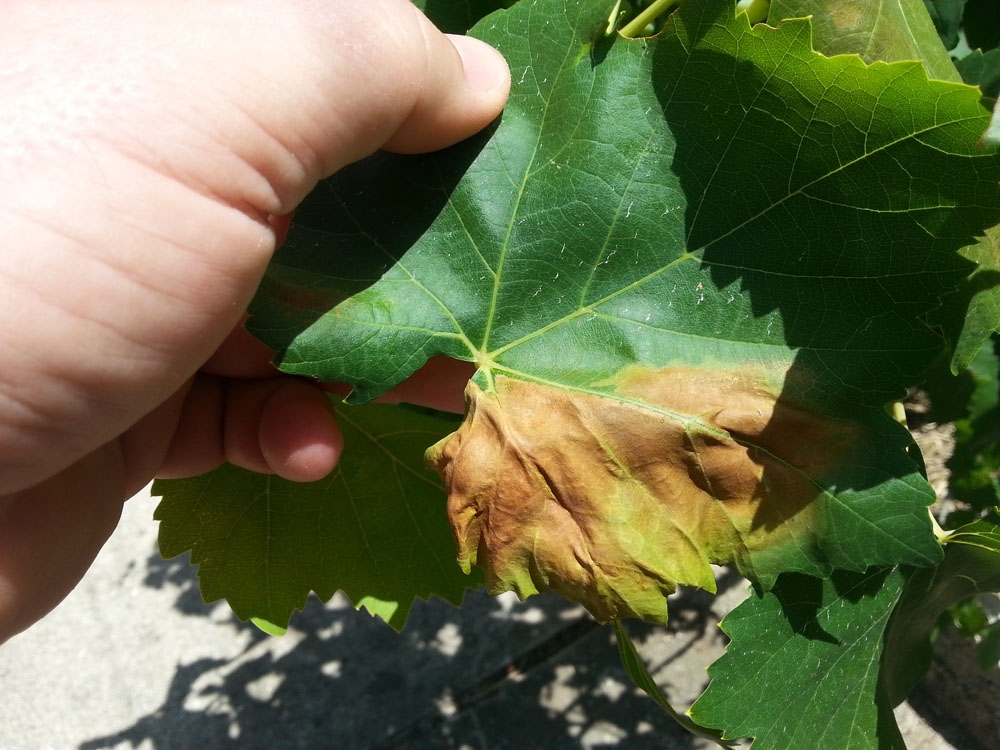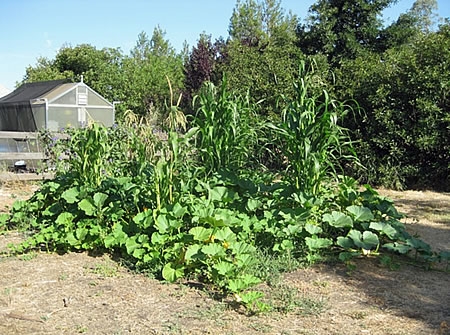Botrytis (grey mold) is a widespread fungus. It attacks many crops and is a serious problem and a real threat to marketable production. In addition to the quantitative losses, it also reduces the quality of the products and damages the production after harvest during storage and transport. It is a problem particularly for greenhouse crops but also for outdoor crops.
Scientific name: Botrytis cinerea
Other name: Botrytis, Gray Mold
Greek name: Botrytis, Sapila
Symptoms
Brown watery brown extensive spots are caused at first, which may develop into necrosis. Characteristic is the gray exudation (fuzz) of the fungus on the affected organs. It attacks all parts of plants (leaves, stems, flowers, fruits) and at all stages of growth.
Botrytis (grey mold) can also grow saprophytically on crop residues and dead plant parts and from there infect neighboring healthy tissues.
Pathogen – Growth conditions
The fungus is best known in its imperfect form, as Botrytis cinerea (Ascomycota), and with its greyish coloring (the disease “grey rot”).
It forms conidiophores with a long pedicel and vitreous conidia in a botryoidal formation on the branches. The black sclerotia of the fungus may also form on the affected tissues.
The conidia germinate over a wide range of temperatures (from 1-30 degrees Celsius) although the ideal temperature is 18 degrees Celsius. They are dry seeds and are mainly transported by wind. They are released by a hygroscopic mechanism, so they abound when there are abrupt changes in humidity during the day. For their germination, however, the presence of a water drop or very high relative humidity (at least 90%) is necessary.
At temperatures of 15-20 degrees Celsius and in the presence of water or high relative humidity (rain or prolonged wet weather) the growth of the fungus is very rapid and infection is completed within a few hours.
With the help of the appressorium the infection beak penetrates the epithelium and epidermis of the plant cells. In this phase the fungus produces enzymes that break the continuity of the plant cells and facilitate its penetration. The fungus also enters and infects from the flowers.
Botrytis can occur secondarily after insect attacks or natural damage, e.g. hail, by penetrating through already injured tissues (tissue wounds are the gateways for botrytis).
The perfect form of the fungus Botryotinia CENSOREDeliana or Sclerotinia CENSOREDeliana grows from sclerotia that germinate under special conditions and form a deposit.
The fungus overwinters either as sclerotia in the soil or as saprophytic mycelium on dead crop residues or on various hosts.
Macroconidia and mycelium are the primary means of causing infections, with ascospores being a secondary means. Macroconidia need the presence of water to germinate and do not survive for long.
Waterlogged plant tissues, excess nitrogen fertilization, high planting density and poor aeration of the plantation or within the greenhouse are factors that increase plant susceptibility and botrytis infestations.
Treatment
Botrytis (grey mold) is undoubtedly a real threat to marketable production, particularly for greenhouse crops. This is because on the one hand the disease grows very quickly and on the other hand it is not easy to control. The slightest delay from early intervention by the botrytis operator usually has disproportionately serious consequences (loss of production, difficulty of treatment, limited success, persistence of the disease in outbreaks in the greenhouse and re-infestation, need for more and more frequent spraying, higher costs).
In short, botrytis, especially in the greenhouse, is a particular problem that requires special attention.
In general, it is recommended that for the rational management of botrytis and prevention of the development of resistance by the fungus, fungicides with different modes of action and from different groups should be alternated in spraying, that good spraying should be carried out, that the recommended doses should be applied and that the instructions on the packaging should be followed.
Source
www.bayercropscience.gr
Botrytis Diseases And Disorders
Botrytis cinerea
Tags: CUCUMBERS • PLANT DISEASE • STRAWBERRIES • STRAWBERRY • VINEYARD • ZUCCHINI





